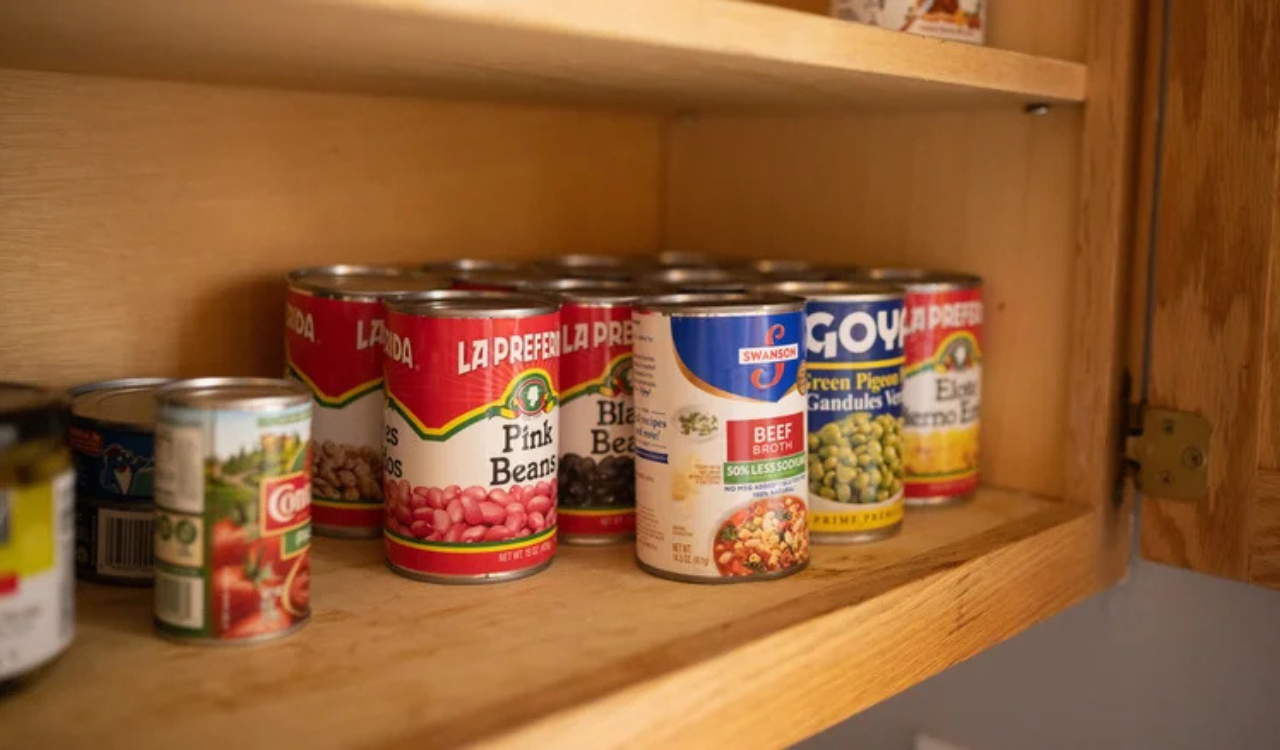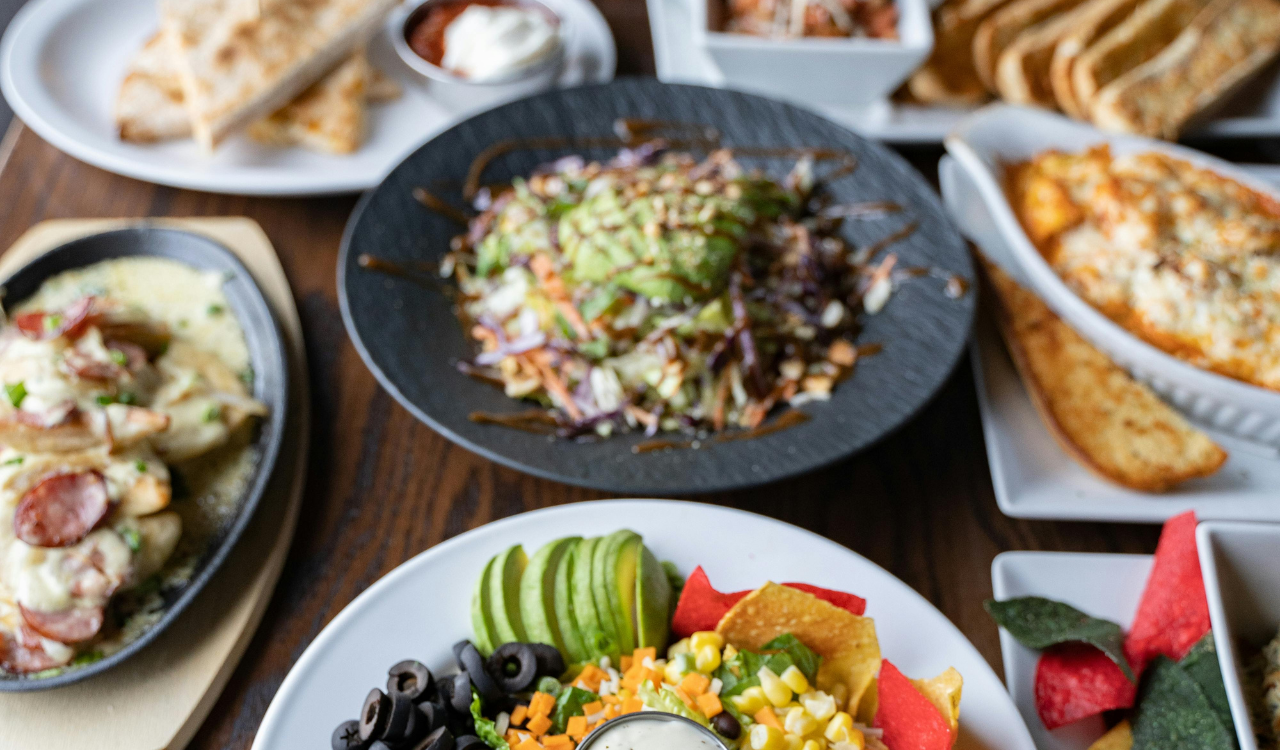15 Foods That Became Too Pricey For Most Shoppers In 2025

Although the cost of food has been gradually increasing, some items became startlingly expensive in 2025, forcing many consumers to completely reevaluate their shopping lists. Global demand, supply chain problems, inflation, and climate change have made some foods almost impossible to afford, from staples like rice and coffee to fan favorites like beef and berries. These 15 foods have seen significant price increases this year, making them unaffordable for many regular consumers.
1. Beef
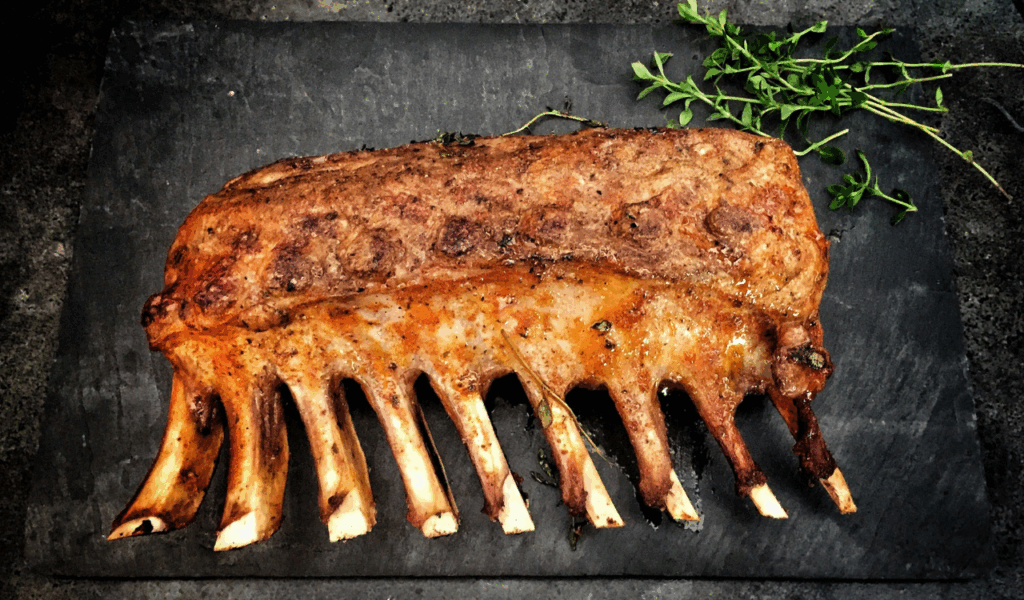
Increased feed costs, droughts that impact cattle ranches, and a lack of workers in the meat industry have all contributed to the sharp rise in beef prices. Furthermore, the growing demand for beef around the world strains already constrained supply chains. A pound of ground beef or a single steak can cost twice as much in 2025 as it did a few years ago, making it more of a luxury than a weekly necessity for many households trying to control their food expenses.
2. Olive Oil
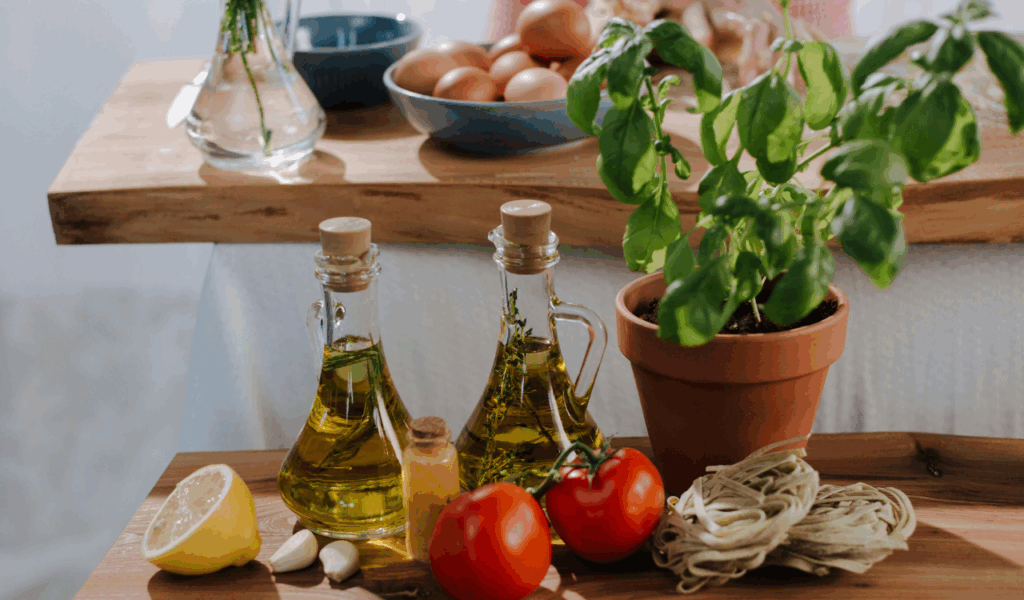
Extreme droughts in major producing nations have contributed significantly to the sharp increase in the price of olive oil in 2025. Prices have increased dramatically as a result of decreased olive harvests and ongoing demand. Even a basic bottle of extra virgin olive oil is now priced far above what many consumers can afford due to lower yields and higher processing and shipping costs. As a result, some consumers choose to buy it sparingly or look for less expensive, less flavorful alternatives.
3. Rice
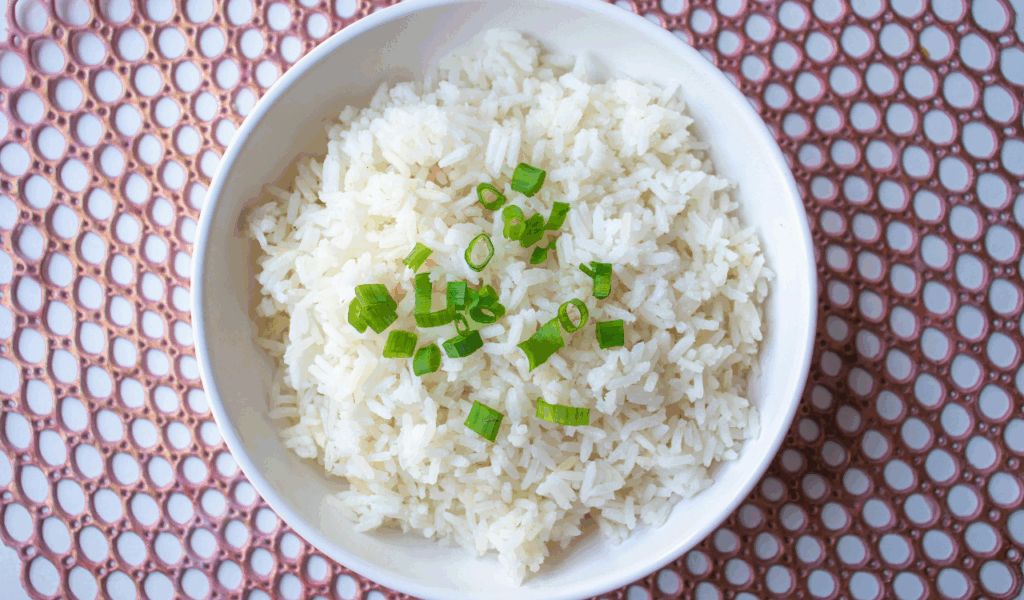
Due to export restrictions from major producing countries and poor harvests brought on by floods in Asia, rice, one of the most consumed grains in the world, has seen record price increases. Price increases in all markets and a tighter global supply have resulted from this. Even basic white rice is more than twice as expensive in 2025 as it was in prior years. This increase has caused severe hardship for low-income families around the world, as billions rely on it as a staple.
4. Coffee
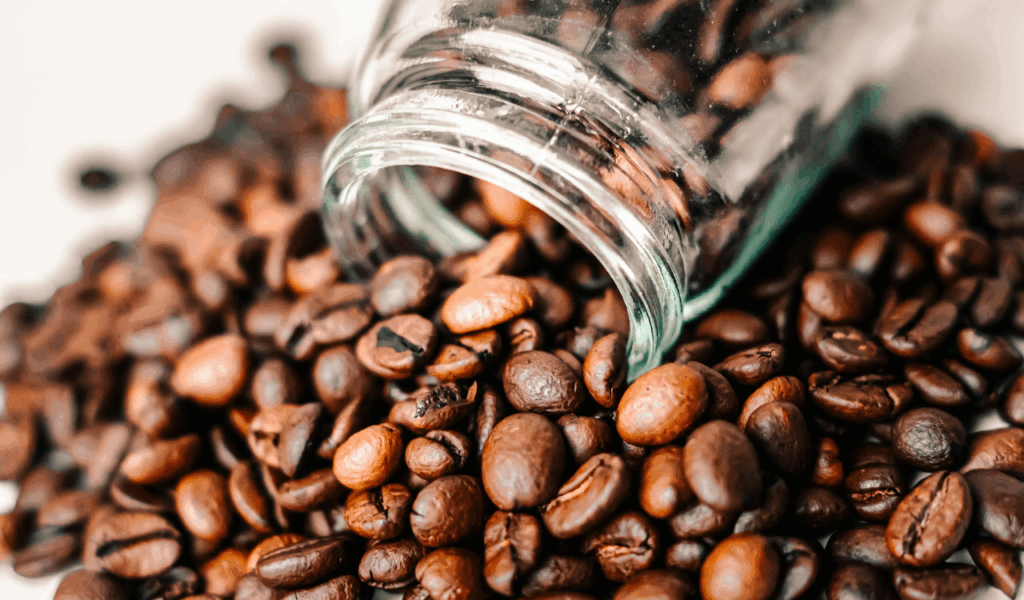
In 2025, coffee drinkers are paying more. Coffee-growing regions have suffered greatly as a result of climate change, especially rising temperatures and erratic rainfall. Global demand is still high, but bean yields are declining. Both specialty and mass-market coffees now have lower supply and higher prices as a result of this imbalance. Coffee is no longer the inexpensive daily ritual that it once was for many customers, whether it is found in cafes or on grocery store shelves.
5. Eggs
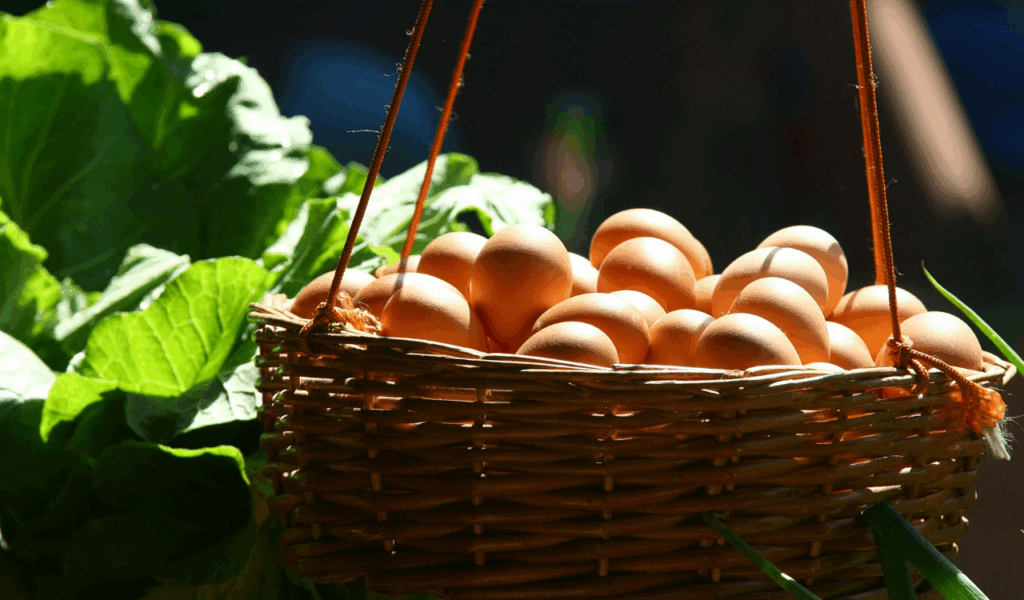
Due to persistent problems with avian flu outbreaks that have killed millions of laying hens, egg prices have stayed high in 2025. Even though some supply has returned, the effects are still being felt. A dozen eggs now cost almost twice as much as they used to due to a combination of growing feed prices and a labor shortage. This makes budgeting for balanced meals more challenging than in past years for many families who depend on eggs as a source of protein..
6. Lettuce
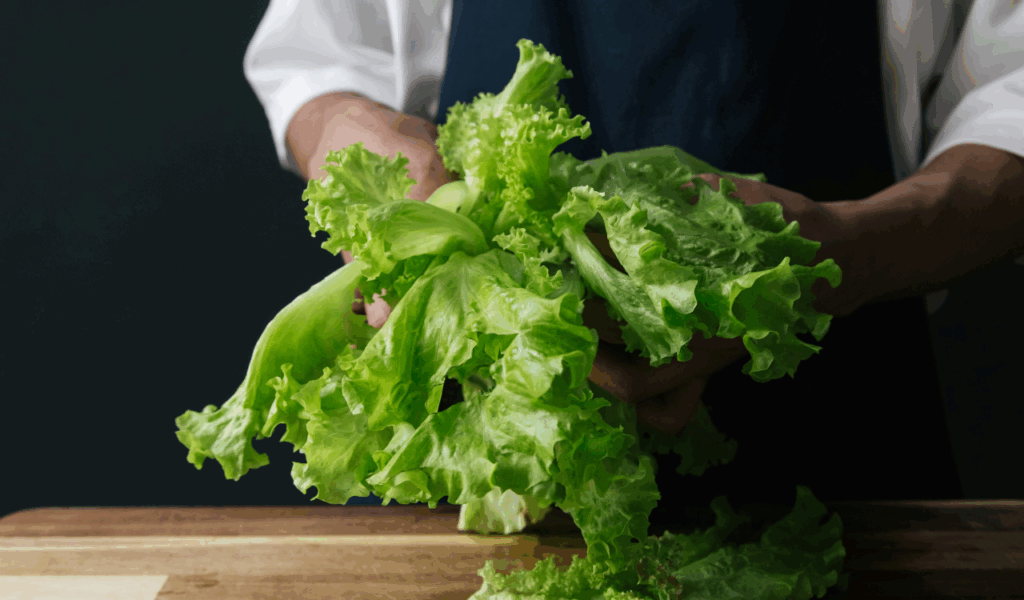
Due to heat waves and water shortages in major growing regions, lettuce has become surprisingly expensive. Due to extensive crop damage and leafy greens’ extreme sensitivity to climate, supply and prices are unpredictable. In 2025, people who want fresh salad or sandwich toppings will consider what was once a cheap, everyday item to be a luxury. To deal with the expense, a lot of consumers are using pre-packaged mixes or cabbage as substitutes.
7. Chicken

In 2025, chicken is no longer regarded as the inexpensive protein. Prices have increased due to rising feed, fuel, and processing costs. Poultry farms are also still recuperating from supply interruptions and disease outbreaks. The outcome? Whole birds, breasts, thighs, and even processed chicken products now cost more. Nowadays, a lot of consumers cut back on their chicken purchases or substitute plant-based proteins.
8. Fresh Berries
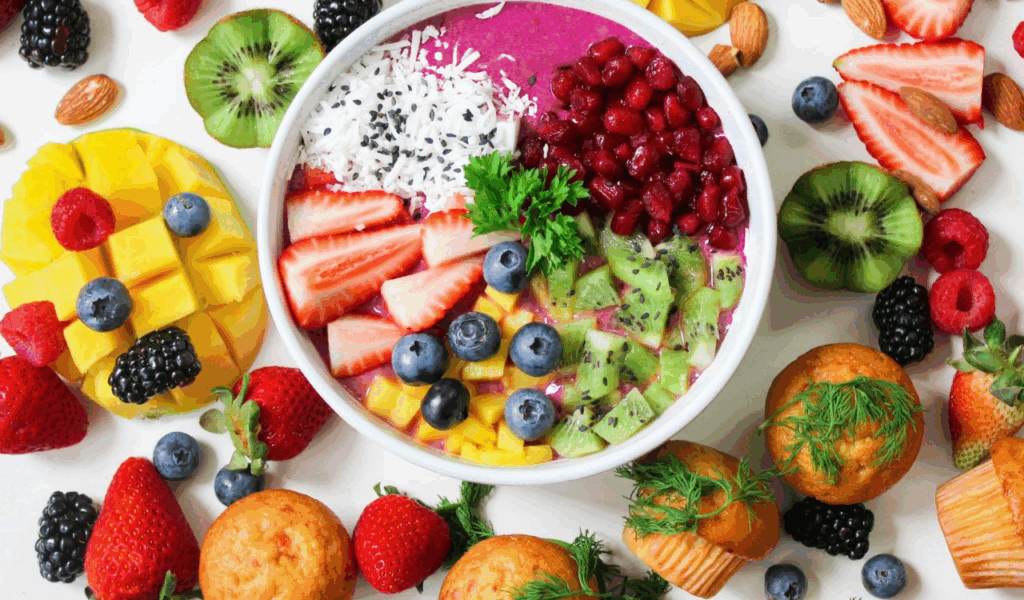
Many consumers now find fresh berries, particularly strawberries and blueberries, to be almost unaffordable. Poor weather in important growing regions, limited harvest windows, and high transportation costs because they are perishable are the main causes of the rising costs. Even a small container of berries can cost a lot more than other fruits in 2025, making them unaffordable for families that used to frequently eat them for breakfast, dessert, or snacks.
9. Cheese

Higher milk prices, energy requirements for dairy production, and supply chain disruptions in shipping and refrigeration have all contributed to an increase in cheese prices. Although specialty cheeses are particularly expensive, even common cheeses like mozzarella and cheddar are now much more expensive than they were in the past. As a result, consumers find it more difficult to afford cheese for snacks, pasta dishes, and sandwiches. Customers on a tight budget are purchasing it less frequently or in smaller amounts.
10. Oranges and Orange Juice

Due to persistent citrus diseases like greening and hurricane damage in important producing regions, oranges and orange juice will cost a lot more in 2025. Orange crops in Florida, a once-leading supplier, have suffered significant losses. As a result, supply has decreased and prices have skyrocketed. Because of this, many people no longer eat orange juice for breakfast every day, and fresh oranges are now more of an occasional treat than a lunchbox mainstay.
11. Bread

Due to rising wheat costs brought on by both climate change and geopolitical unrest in wheat-exporting nations, bread prices have sharply increased. Cost increases for labor, transportation, and production have also contributed. Even basic loaves have significantly increased in price in 2025, and many households are reducing their food expenditures or, when feasible, switching to homemade options.
12. Tomatoes
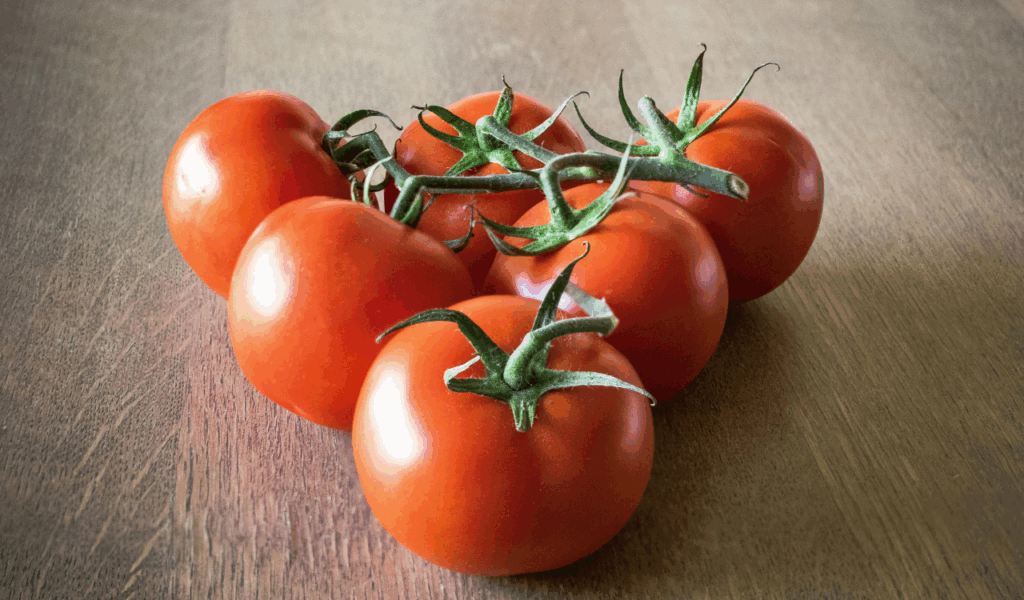
Because of their susceptibility to harsh weather, tomatoes had yet another challenging year in 2025, with heat waves, water shortages, and plant diseases reducing yields. Fresh tomatoes, as well as canned and jarred goods like sauces, have become more expensive as a result. It has become more difficult for consumers who frequently use tomatoes in their cooking to rely on them without feeling the effects on their grocery bill.
13. Avocados
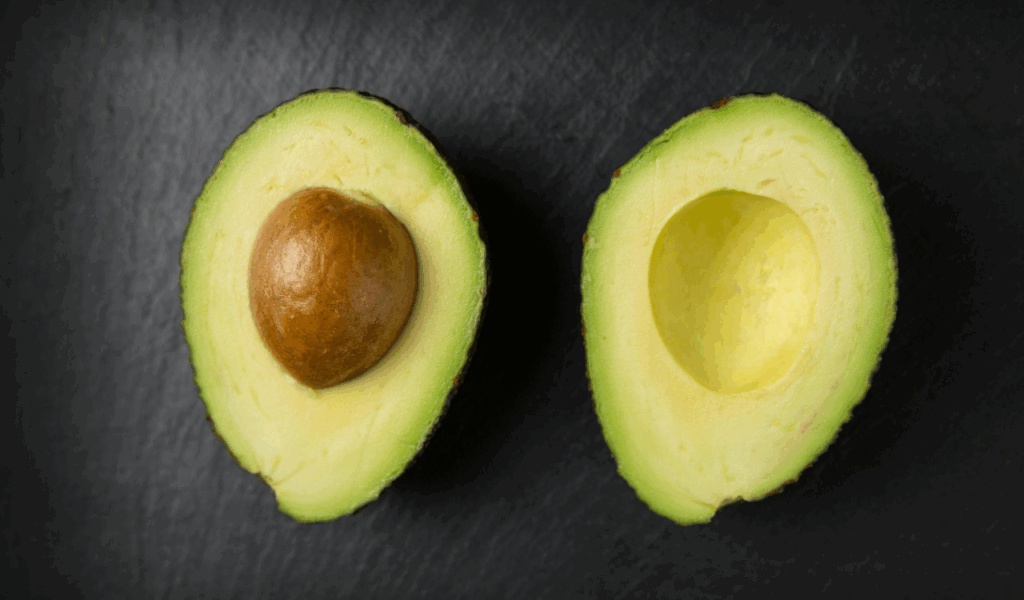
Although there is still a strong demand for avocados globally, their limited supply and rising production costs have made them expensive in 2025. While shipping costs are still high, labor issues and water scarcity, particularly in important growing regions, have decreased output. Avocados have changed from being a frequent purchase to an occasional treat for many consumers. Nowadays, popular foods like avocado toast and guacamole cost a lot more.
14. Canned Tuna

Once a cheap and necessary protein source for the pantry, canned tuna is now significantly more expensive. Increasing fuel prices for fishing fleets, stricter regulations, and overfishing have all played a role. Additionally, the cost of production and transportation has increased due to packaging materials and disruptions in international shipping. When there are sales, a lot of consumers are searching for different canned proteins or purchasing in bulk.
15. Chocolate
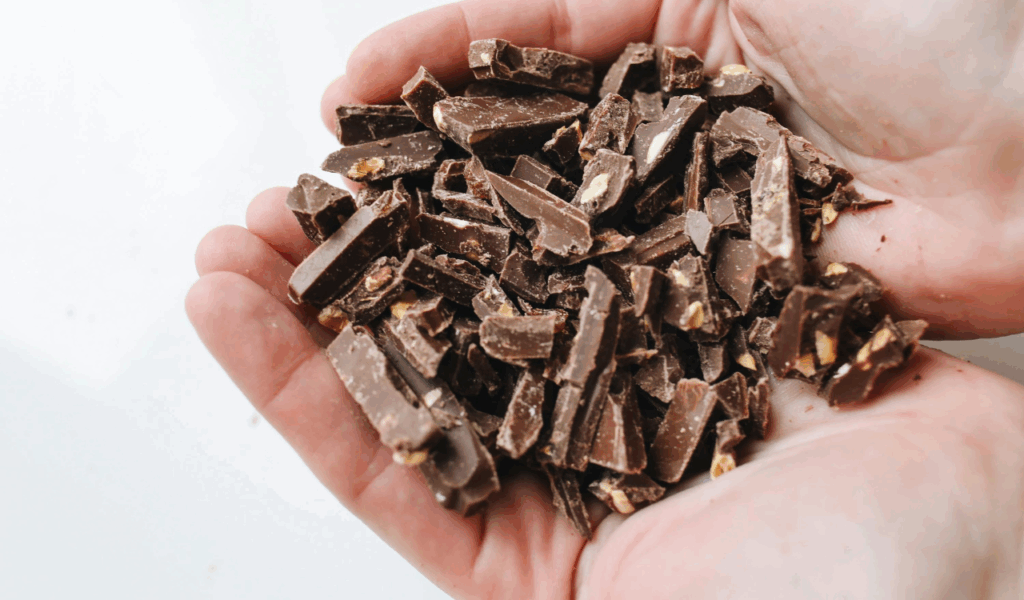
Due to shortages of cocoa, the price of chocolate has increased significantly. Extreme weather and crop diseases severely damaged West African cocoa crops in 2025, resulting in a decrease in supply. Because cocoa is a commodity that is traded internationally, even minor disruptions can have significant effects. The cost of chocolate has increased dramatically, impacting everything from baking goods to candy bars. It now feels more like a luxury than an inexpensive treat.




